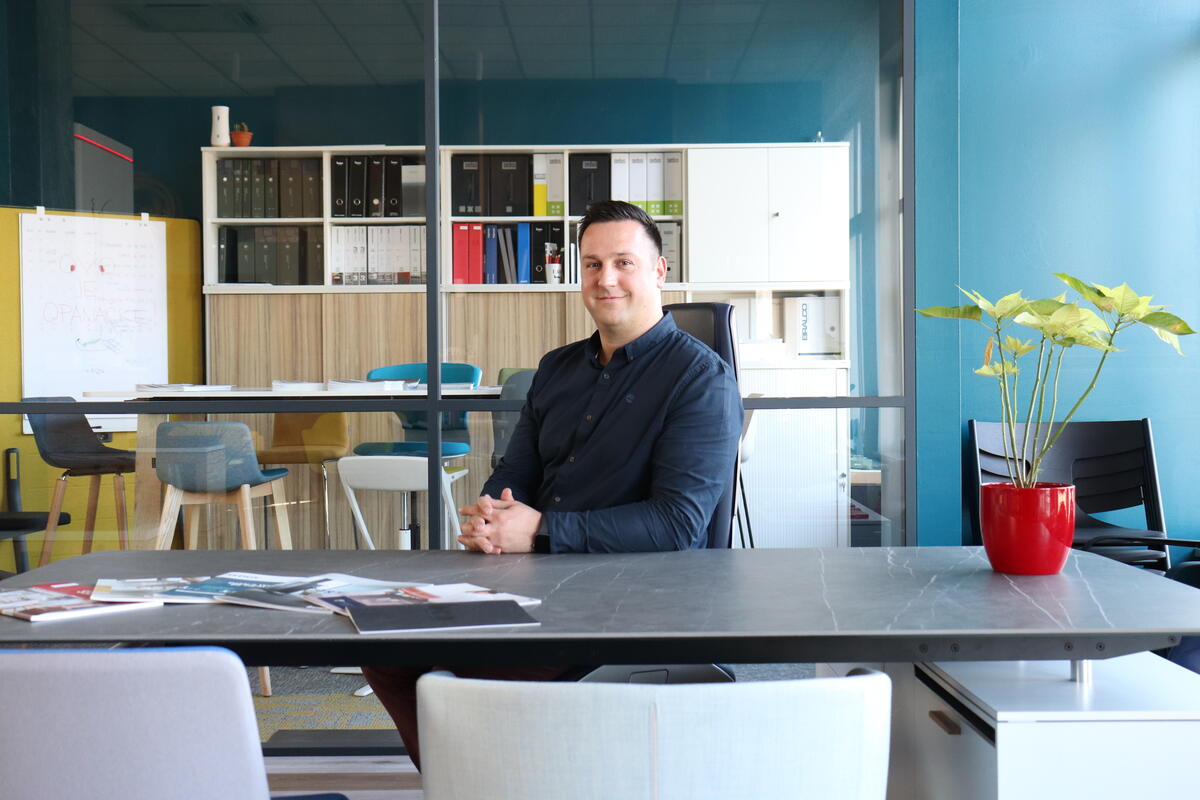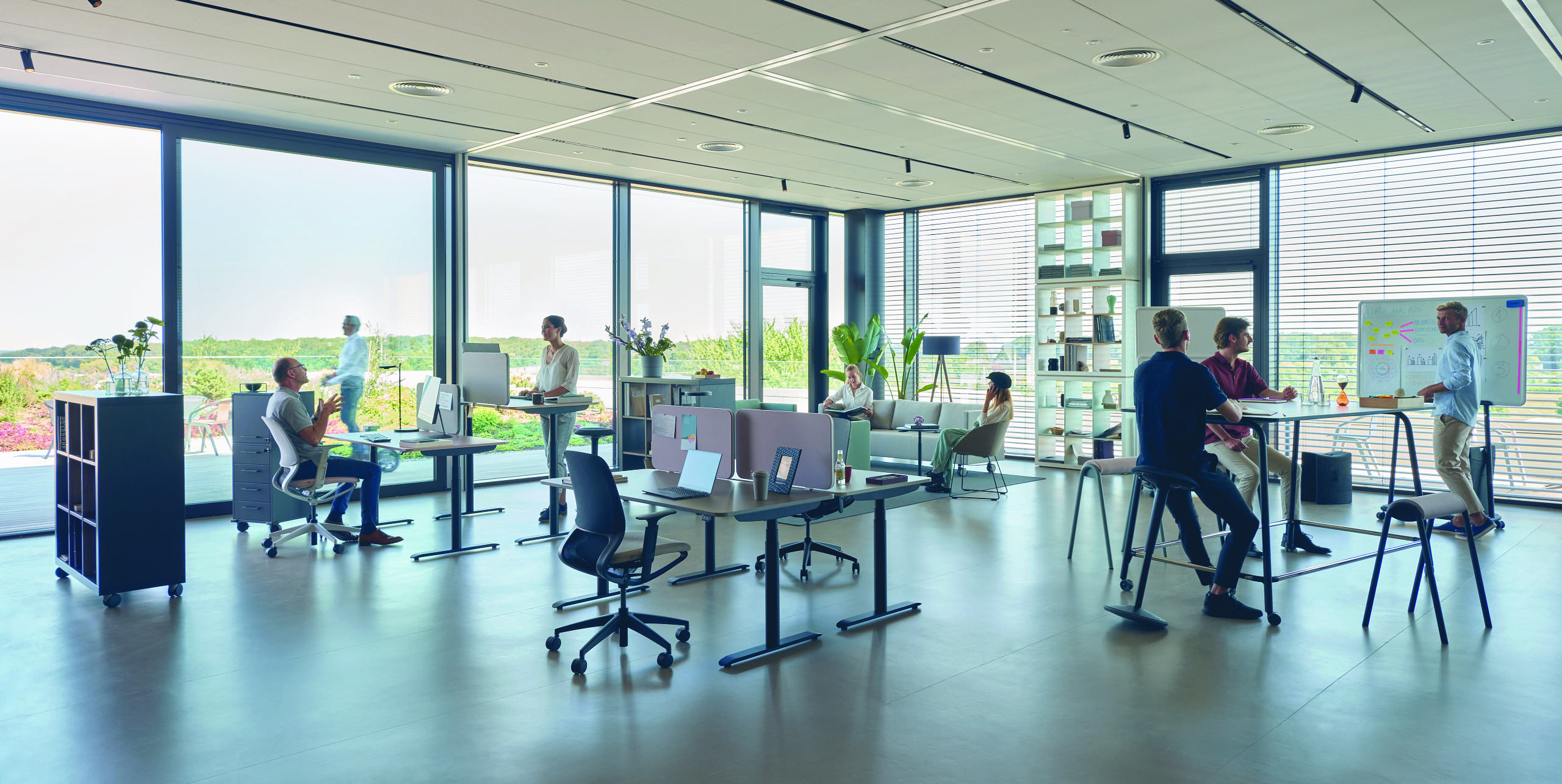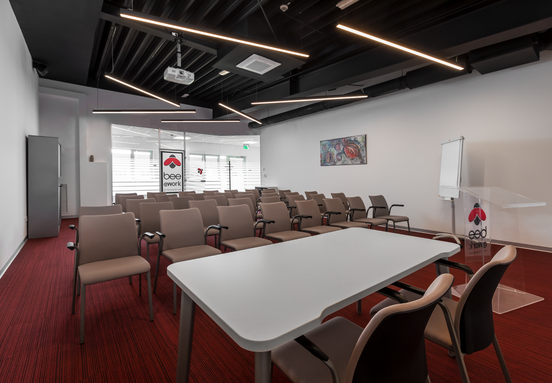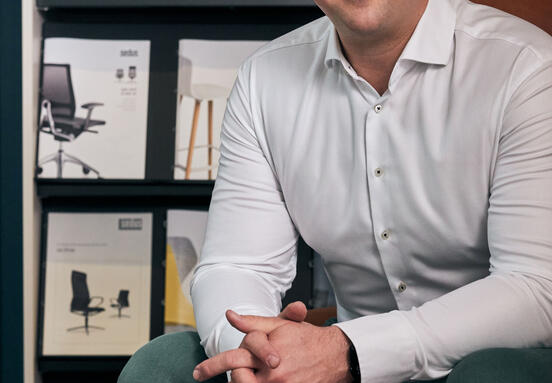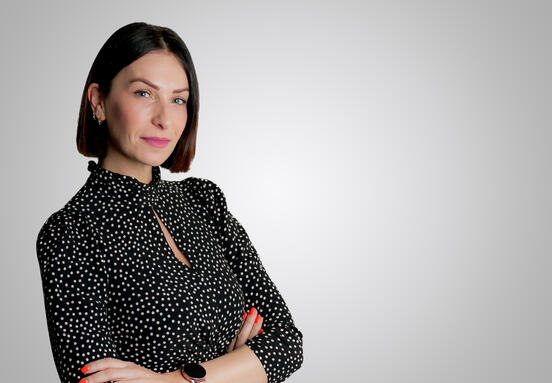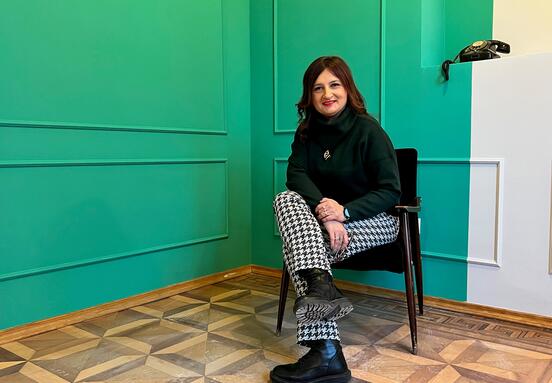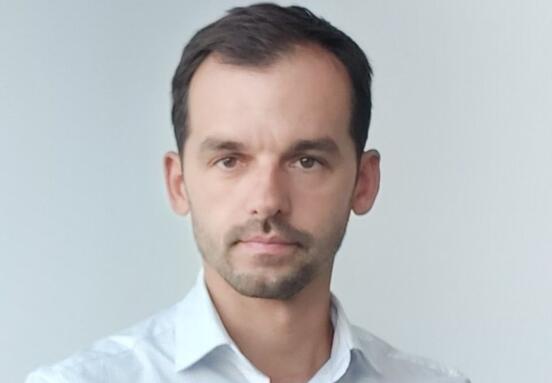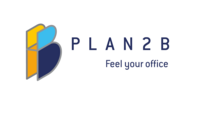Tell us a little more about your company, what do you do?
Our company Plan2B is a company with a very simple vision - to create unique and exciting spaces with character. Every member of our team is committed to this vision, where everyone makes an essential and indispensable link in the system. This has enabled us to become recognized and well accepted in the market in a very short time - because we always provide added value to each client.
We have built an excellent network of suppliers and partners and made it possible for us to truly create unique and exciting spaces with character for each client. The point is to weave the basic thread of the company's character into its space, because in this way people then, by entering and being in this space, feel the culture of the company and more easily decide on long-term engagement and loyalty.
So, we approach each client exclusively professionally - whether they need to completely redecorate or rearrange their offices or whether they only need one ergonomic work chair. Thus, we are able to prepare a conceptual solution, display it through 3D visuals, offer delivery and installation of all solutions shown through visuals (furniture, floor coverings, glass and mobile walls, as well as other necessary accessories), and finally after sales to the client any additional queries.
In your opinion, what are the most important trends regarding the optimization of office operations? The office is no longer just a place to work!
Back in 1973, Jack Nilles, a NASA engineer at the time, suggested that in the near future people would not have to leave their homes to do their jobs, and thus not have to spend so much time just traveling to and from work. which in turn would leave them much more time and energy to improve the balance between private and business life. More than 10 years passed from that moment until the first attempts to work from home, but everything led to this scenario. In the meantime, there were many attempts to realize this scenario, and only in the 2000s, with the advent of the 3G mobile network, and laptops with the ability to connect to WIFI, things began to accelerate. However, technology was not the only important factor that would enable work from a remote place, but also culture, organizational and managerial inertia towards this goal.
In the end, no one could have predicted that the virus (COVID-19) would shake the status quo, making not only working away from the office an option - but also a necessary and only way to work for more than half the world’s working population. The pandemic has forced companies to adopt telecommuting as a way of survival, regardless of size or sector of work. In a way, we found ourselves in a kind of global experiment, and in a very short time we were forced to see the possibilities offered by teleworking. Who managed how - time will tell quickly.
I would like to emphasize here that through this time, since the crown crisis hit us, we have actually witnessed the acceleration of existing trends. Namely, the trend was to question and introduce work from home, as one of the benefits for employees and now it is clear that we had to face many challenges in a very short time, but also the solutions that this way of working offers. Realistically, it would be interesting to see statistics that show us how many people have heard of (used) tools such as "Zoom", "Teams" and the like before the beginning of 2020, and how many today. I am sure that today everyone uses some of these tools, whereas before they were a means of work for a smaller part of the working population.
The trends and interesting figures can be seen in the following view:
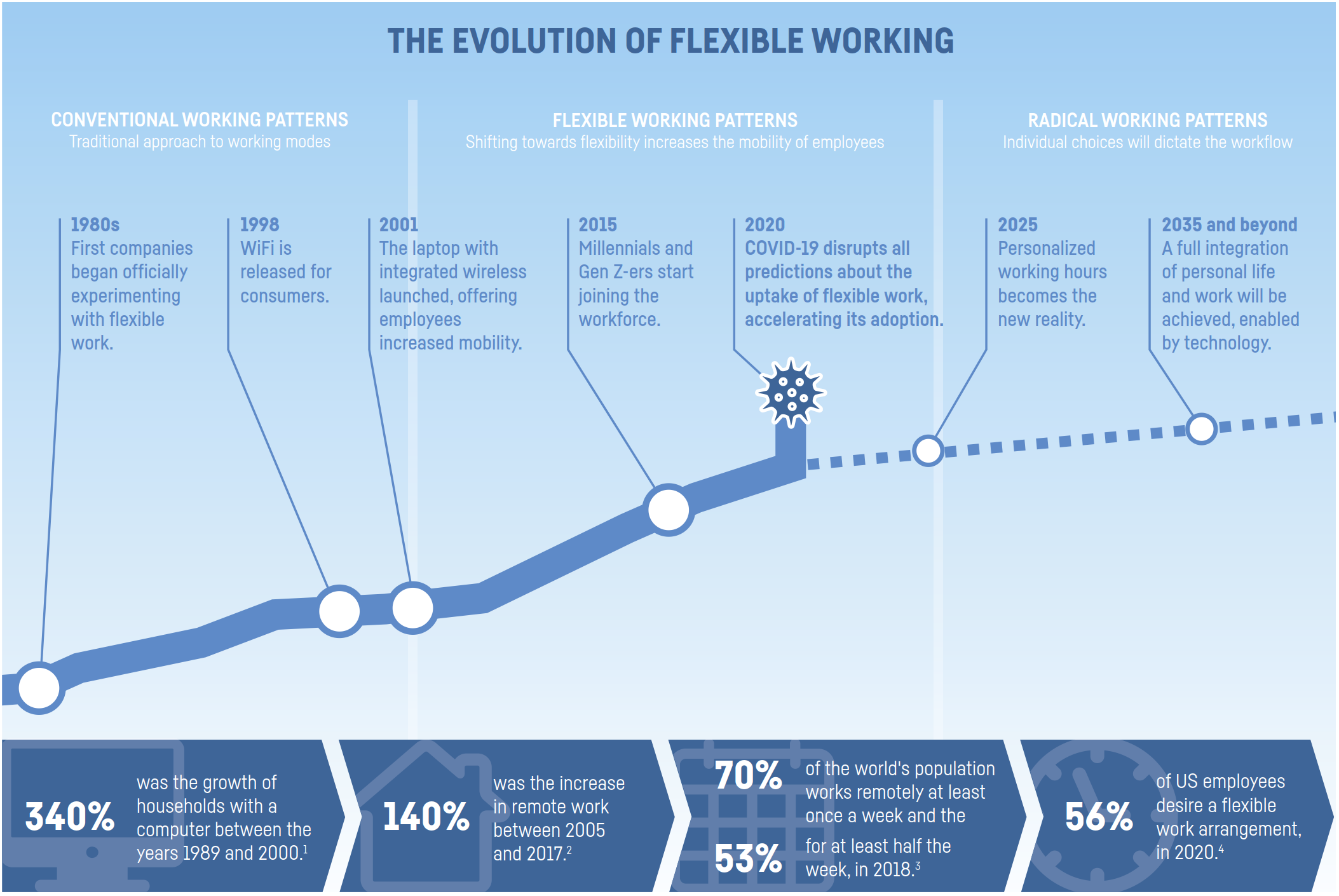
Do you believe that the concept of the office, as a place to work, will change in the future? More and more people are advocating for work from home?
Undoubtedly, this situation will lead to some new models of work, but the office will certainly remain an important part of the system. In fact, the end result will not be the disappearance of the office, but the development of a better, more advanced office. This new, better office will be a gathering place for employees because they want to, not because they have to. Therefore, it is important to create the office so that it is flexible, comfortable and offers four zones for which employees will be able to choose how and when to use them. The office will have to be such that it offers its employees an experience that other places cannot offer them.
At the same time, more and more new research is pointing to problems that can be caused by working from home. These problems are physical as well as mental in nature. Physically - due to lack of movement and fresh air, and due to inadequate work equipment and unadjusted ergonomics of the workplace. On the mental side, we often have a feeling of isolation, a lack of structure of the working day (everything "divorces" us in one long working day), and it turns out that we actually work more than in the office.
Therefore, I am sure that neither people will want to work only from home or outside the office, but nor will they want to agree again to work exclusively in the office. A new model of office view is being developed - DIFFUSION OFFICE. The diffusion office describes the office as an optimal space ecosystem consisting of three locations - a traditional office, a work environment from home, and a digital space. This technological component is also a defining feature of the diffusion office. This model takes the best of existing teleworking models, and applies new and innovative technologies, to ultimately elevate this model to a new level.
Will there be changes in the production of office furniture?
Of course, there will have to be changes and adjustments in the production of office furniture. In fact, our partner SEDUS, which this year marks 150 years of successful work, has already presented a whole range of solutions for a new way of working - se: lab - solutions for agile way of working. There is, for example, a mobile meeting table that turns into a writing board in seconds.
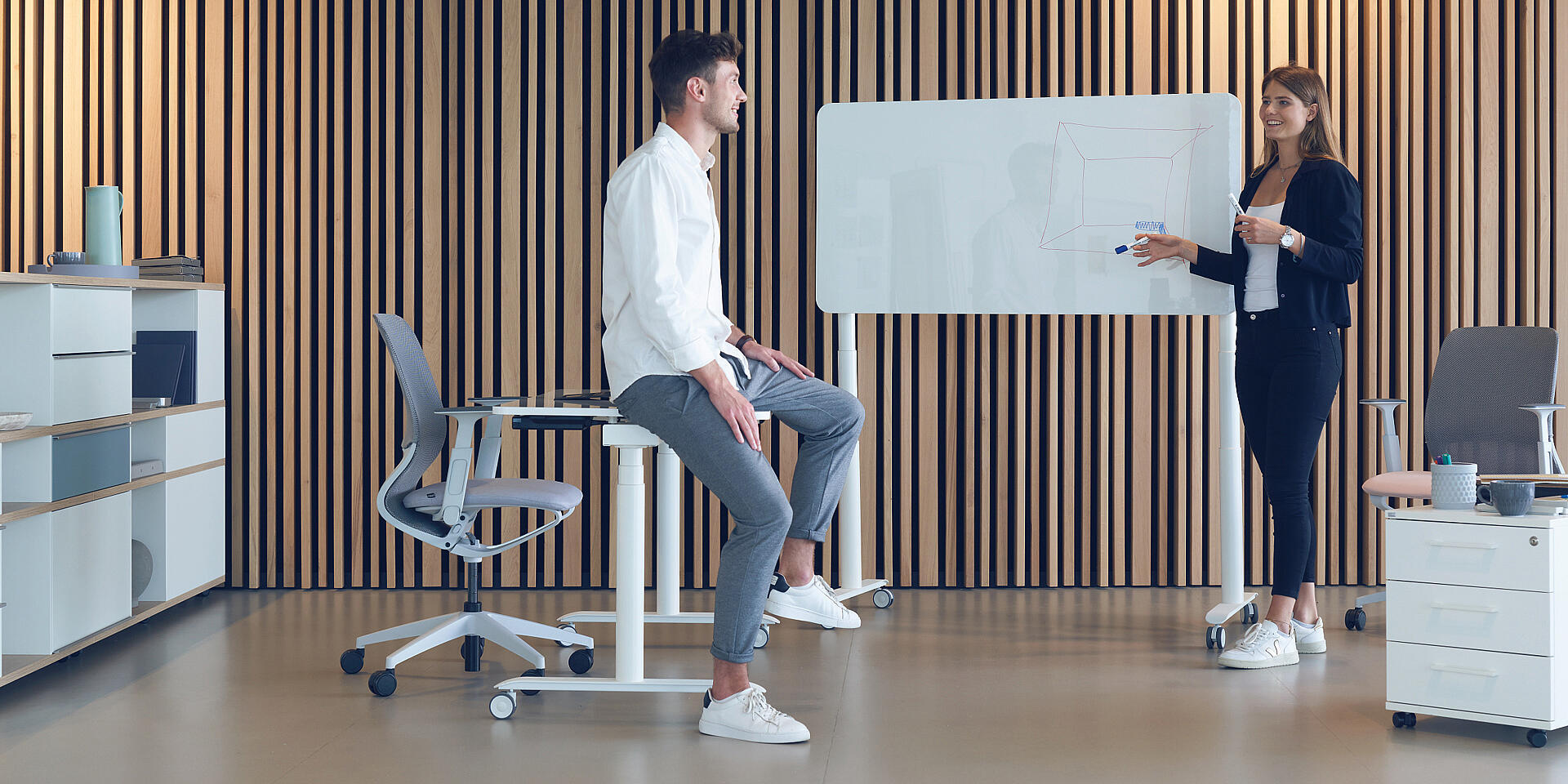
* The image shows the SEDUS solution being: lab tableboard
Or desks that are easy to maneuver quickly and modularly stack the office:
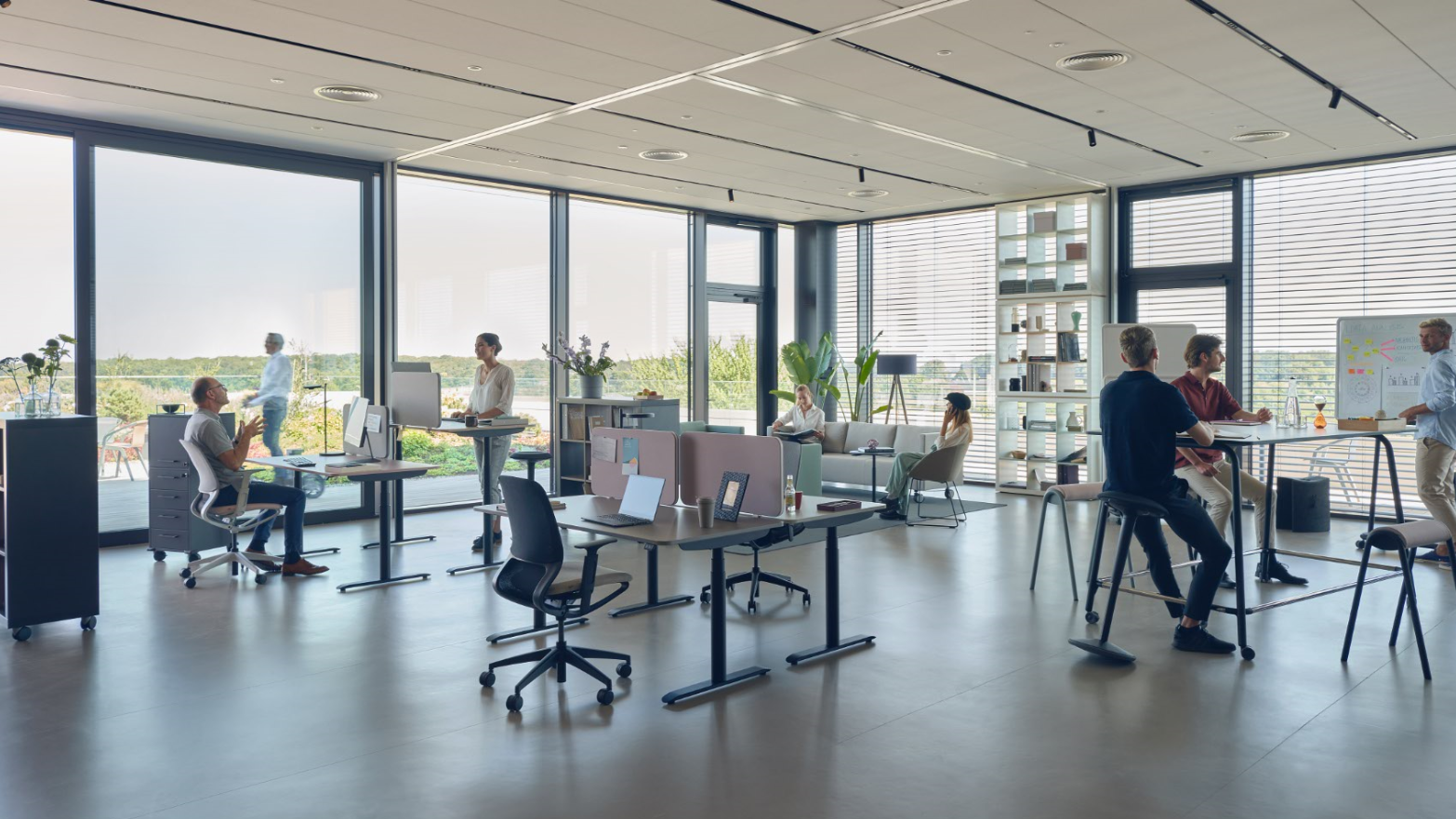
* image shows SEDUS se: lab workstation
Also, there are, in addition to the already accepted office telephone booths and "office within the office", separate free-standing rooms within the existing office - for quiet meetings, and easily foldable and foldable in a new location:

We see that the corona crisis had a strong impact on office operations, ie digitalization of operations. Now all meetings are held online, do you believe it will stay that way in the future. That people will avoid larger gatherings and events and that they will continue to use digital tools for online communication?
It is very important to be aware of the fact that what people miss the most today, when it comes to the office - are the people themselves, colleagues, colleagues. Man is by definition a social being. No online meeting can replace that moment with a coffee machine, when we exchange a few optional sentences with a colleague. Because, it is a known fact that it is informal interactions in the office that are fertile ground for generating new ideas.
The corona crisis only further highlighted many things we were already aware of or heard about from more developed markets. For most people, the aggravating circumstance of the workday was wasting time traveling to and from work. For them, the absence of this obligation was the main benefit of the lockdown. If one positive thing about this crisis, caused by the pandemic, had to be mentioned, it is certainly the ultimate and accelerated digitalization of business.
It should be noted that Microsoft has learned that during the lockdown and remote switching, the number of meetings increased, and that the duration of the same decreased (on average now lasts about 30 minutes).
To summarize, the office of tomorrow - diffusion office, as the next step in the development of the office as a place to work, will allow us to take the best of all previous models: office efficiency and structure, home comfort, and tools that come with accelerated digitalization. This will ultimately allow us to have a better balance of private and business life, which is what we all strive for.
Some of the interesting figures, shown by recent research, are taken from sedus.com
